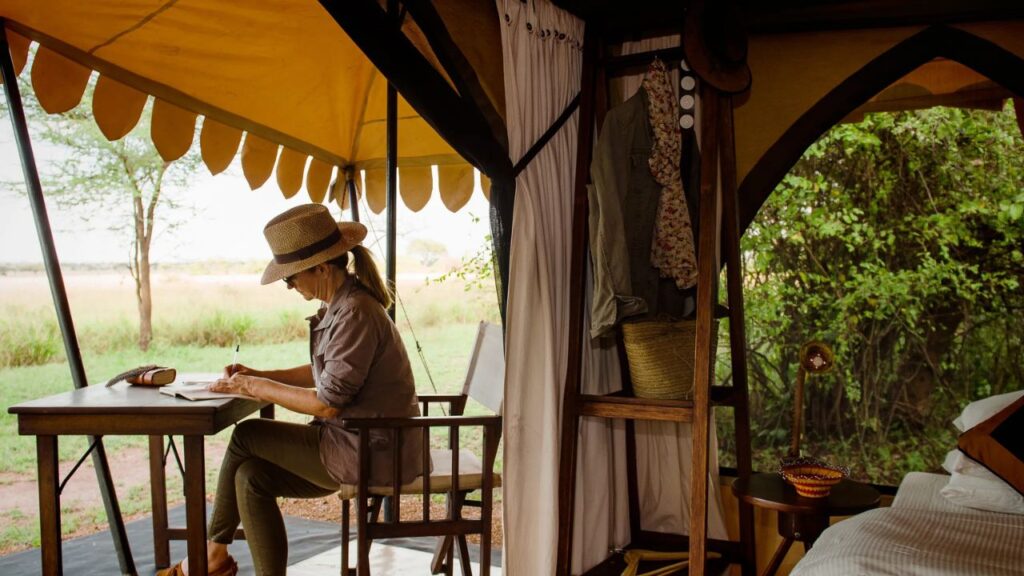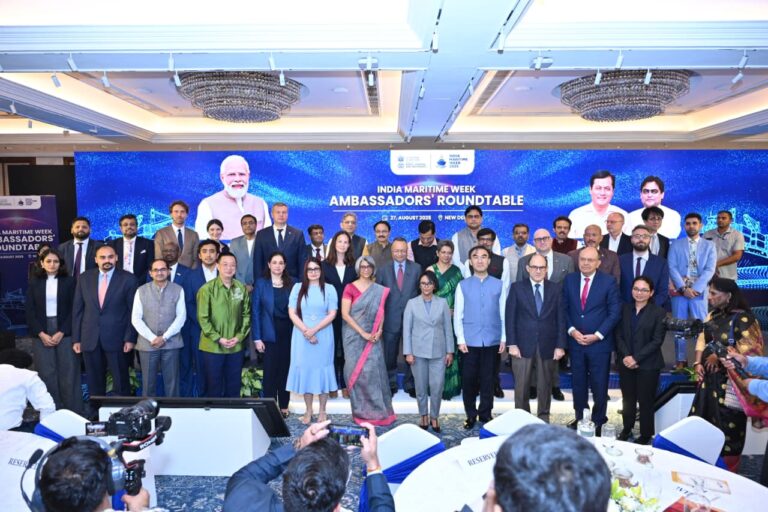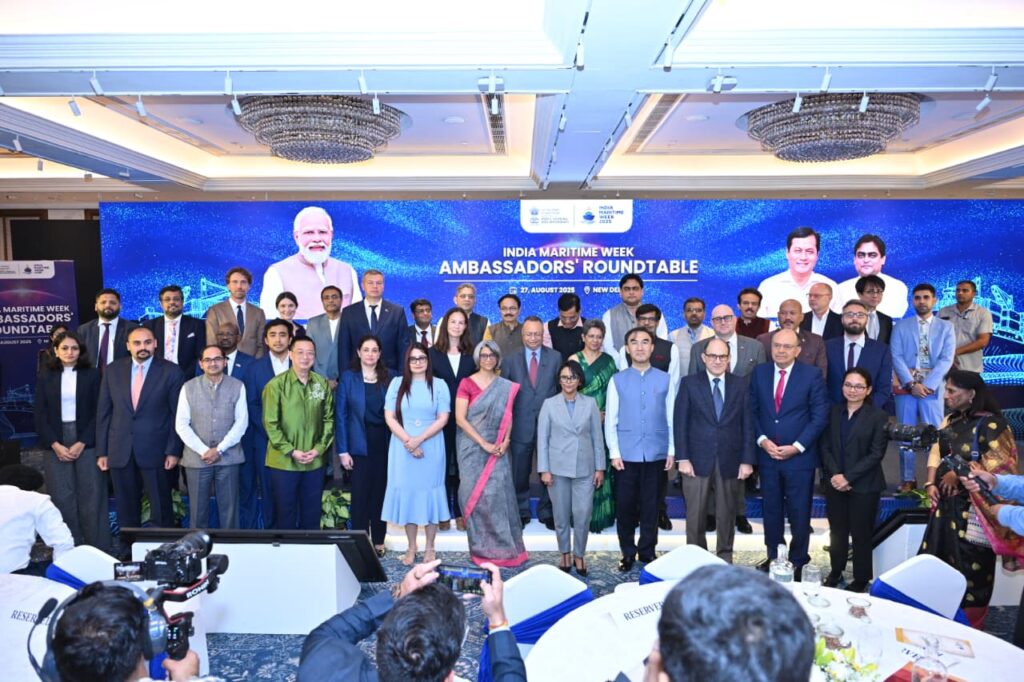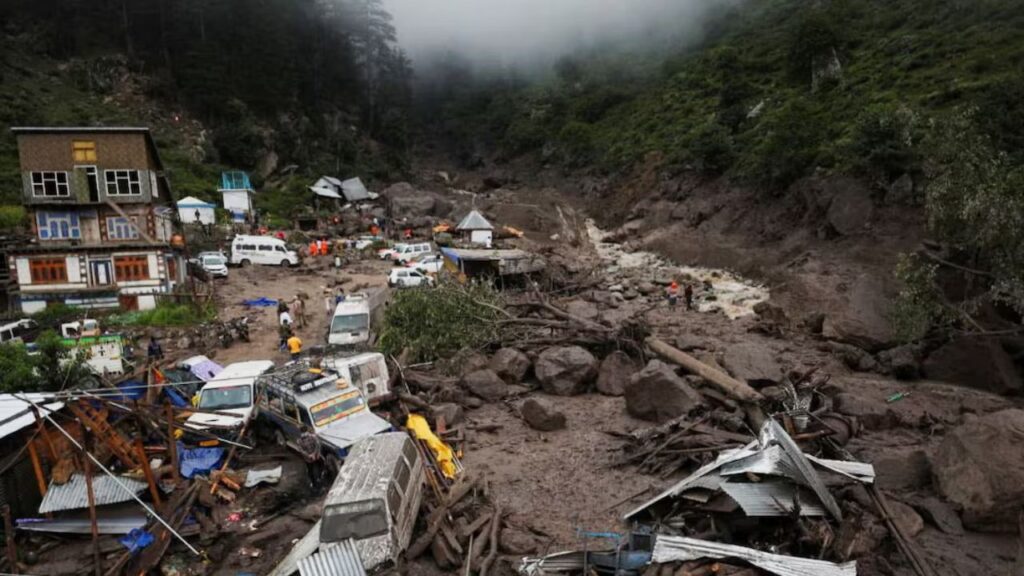Travel writing is one of the most beloved literary genres. After all, who doesn’t enjoy tales of an individual’s survival in unfamiliar territories, far from known lands, familiar faces, shared culture, or language?
This genre offers vivid, layered glimpses into the customs, food, everyday lives, and challenges of other nations. But it blurs boundaries between reportage, memoir, and fiction. That is why travel writing has often been overlooked as “serious” literature. It continues to occupy a marginal place in the literary canon. However, this very hybridity has been liberating writers from rigid forms and allowing them creative license to explore and experiment.
Historically, men have dominated the field of travel writing, particularly before the 20th century. because they enjoyed societal privileges: greater freedom to travel, better access to education, and fewer repercussions for publishing their thoughts and experiences. Their accounts are often rich in observation, but they miss one critical dimension: what literary critic Susan Bassnett calls The Female Gaze, a term that captures how women’s travel narratives diverge fundamentally from those written by men.
Susan Bassnett, in her essay Travel Writing and Gender, observes that women’s narratives tend to depart from the usual subjects found in male-authored accounts. They explore interpersonal dynamics, domestic environments, and the subtleties of everyday life. This shift brings a deeper, more empathetic portrayal of both people and places.
Much of the travel literature by women before the 20th century came in the form of letters, often written while accompanying their husbands or families on business trips. British writers like Mary Wollstonecraft (Letters Written in Sweden, Norway, and Denmark) and Julia Maitland (Letters from Madras, 1846) have followed this trend. These texts also feature an internal negotiation to justify the author’s presence in a foreign land and, by extension, in the literary space.
Alongside the customary descriptions of landscape, transportation, and cultural encounters, these works also carved out room for women to engage with public discourses—from politics and education to race and empire. Travel writing gave women access to conversations historically dominated by men.
In the 20th century, more women embraced solo travel, and they ventured into remote, challenging terrains once considered off-limits. Their voices not only grew in number but also in force. With them, the genre also evolved as a space where women explored deeper questions of freedom, selfhood, and resistance.
Women travellers have often faced the same practical hurdles as men, and in many cases, even greater ones. Yet, their journeys represented more than physical displacement. These were voyages into the self, into new territories of thought, emotion, and social critique. Their narratives emerged as tools of introspection and rebellion. Women’s travel writing is rarely only about geography; it’s about navigating identity, autonomy, and survival in unfamiliar cultural landscapes.
Gender became a defining theme in many of these works, as women authors used travel to interrogate restrictive societal norms. These books frequently grapple with questions of identity and agency, refracted through distance and dislocation.
Commenting on the male-dominated work and social environment of Australia, Robyn Davidson in her travelogue Tracks notes: “One does not have to delve too deeply to discover why some of the world’s angriest feminists breathed crisp blue Australian air during their formative years …”
Describing her motivation to cross the harsh Australian desert, she writes: “I had also been vaguely bored with my life and its repetitions, the half-finished, half-hearted attempts at different jobs and various studies; had been sick of carrying around the self-indulgent negativity which was so much the malaise of my generation, my sex and my class.. I had made the choice instinctively and only later given it meaning.”
When Davidson lived among Aboriginal communities, she was struck by the contrast in how women were perceived. Aboriginal women, she observed, held greater respect and power in their societies compared to those in her own culture.
In Girl in the Woods, Aspen Matis recounts her 2,650-mile solo hike along the Pacific Crest Trail. It’s a story rooted in trauma and recovery. She started this journey to cope up and heal after being raped during her second night at college. Isolated and disheartened by her parents’ silence, Aspen finds solace in the wilderness. Over five months, she battles the physical and emotional rigours of the trail, gradually reclaiming her voice, trust, and sense of autonomy.
Anuradha Beniwal’s Azaadi Mera Brand is another bold contribution to this lineage. With scant resources and a burning desire for freedom, she sets out alone, journeying across Europe. Throughout the book, she compares the condition of women across different regions and negotiates with the societal restrictions and boundaries imposed on them. Her memoir dismantles patriarchal expectations and celebrates the joy of unrestrained movement.
Toward the end of her book, she offers a stirring message to women: “You must walk. If not in your village, then in your city. If not in your city, then in your country. And if your country makes it difficult to walk, remember that this world is yours too. Walk in your world. Walk freely, fearlessly, carelessly, shamelessly. Burn your dupattas, wear flowing frocks, and just walk. But walk, no matter what!”
Travel writing by women is not merely a record of places visited. It is a powerful statement of voice, identity, and freedom. Through their journeys, women have questioned societal norms, reclaimed public space, and reshaped the genre. These narratives resonate with resilience, introspection, and resistance. As more women take the road less travelled, they continue to expand not just the physical map, but also the literary and cultural contours of what travel writing can truly be.

















